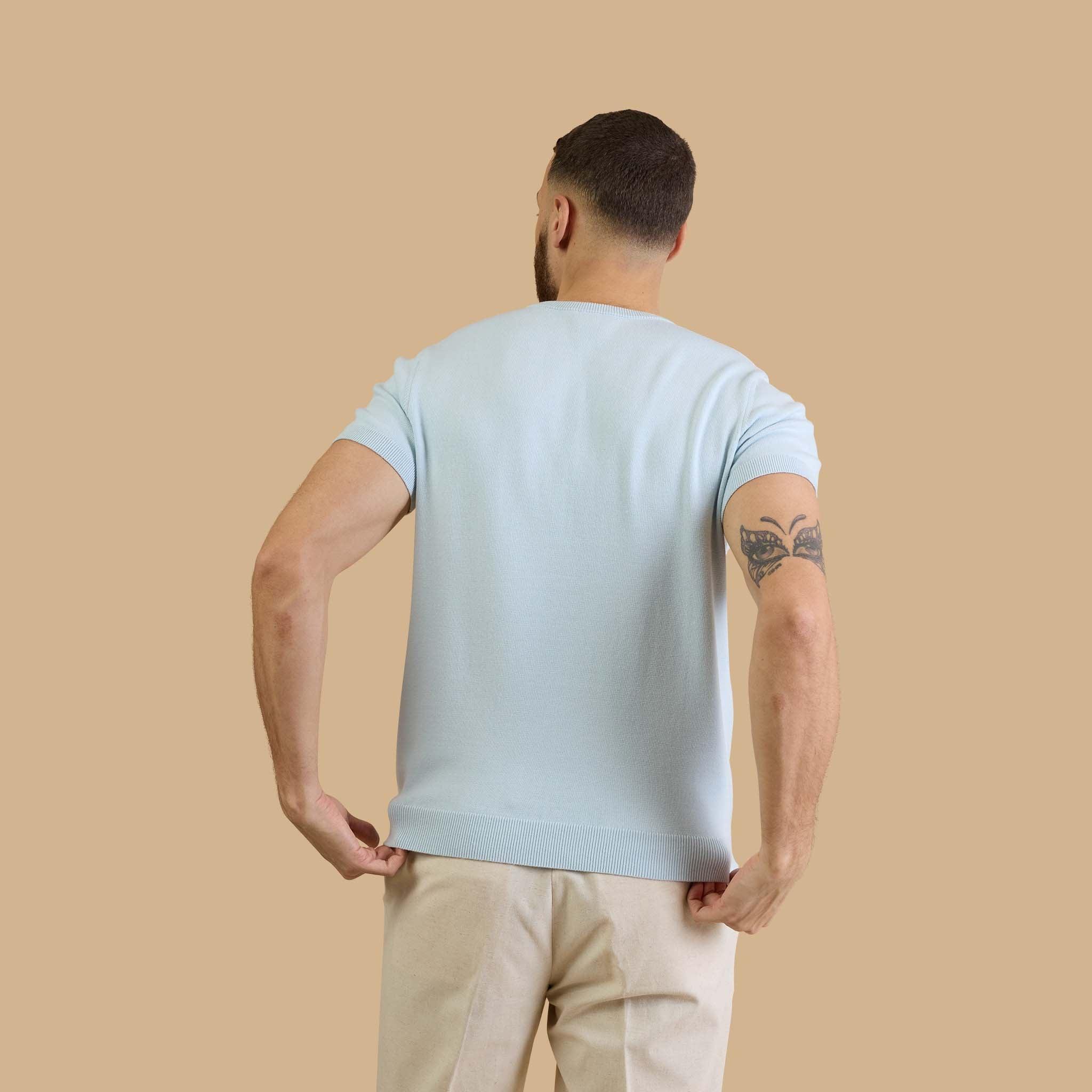
A Thread Through Time: The History of the Men's Knit Sweater
The knit sweater: a wardrobe staple as synonymous with warmth and comfort as it is with style. Though today it seamlessly bridges the gap between casual and formal wear, the sweater has a storied history rooted in utility and evolving design. Join us as we trace its journey from its rugged origins to its elevated role in the modern man’s wardrobe—with a nod to how Pique’s Wilhelm Sweater carries the tradition forward.
From Necessity to Icon: The Origins of the Sweater
The sweater’s lineage can be traced to the British Isles, specifically to the fishermen of the Channel Islands (Jersey and Guernsey) in the 15th century. These early "Guernsey sweaters" were hand-knit from tightly spun wool, designed to repel water and protect against the biting cold of the sea. Each sweater often bore unique patterns that signified the wearer’s community, doubling as a form of identification.
As industrialization swept through Europe in the 18th and 19th centuries, machine knitting allowed sweaters to reach broader audiences. Wool, the predominant fabric, began to share the stage with materials like cashmere and cotton, as textile innovations made finer and more breathable knits possible. By the early 20th century, sweaters were not just utilitarian but also symbols of leisure, sport, and style.
The Golden Age of the Sweater
The 1920s and 1930s marked a pivotal era for the knit sweater as it entered the realm of mainstream fashion. Coco Chanel introduced casual chic with knitted jerseys, while Fair Isle patterns—originating from Scotland’s Fair Isle—captured imaginations with their intricate multicolored designs. Even Britain’s Prince of Wales (later Edward VIII) popularized these sweaters, pairing them with tailored slacks for a polished yet relaxed look.
American designers quickly embraced the sweater’s potential, crafting sporty versions that became staples for collegiate men and weekend wear. Think cricket sweaters, V-neck pullovers, and cardigans layered over button-down shirts—all quintessential preppy styles that endure to this day.
Designers Who Knit Their Way Into History
The late 20th century saw knitwear innovation reach new heights. Italian fashion houses like Missoni turned sweaters into works of art with their vibrant zig-zag motifs and high-quality yarns. Ralph Lauren cemented the cable-knit as an icon of American luxury, while Japanese designers like Issey Miyake introduced technical advancements, blending form with avant-garde function.
In more recent years, sustainability has driven a renaissance in sweater production. Many brands now prioritize natural, ethical fibers—a commitment that reflects not just fashion’s future but its heritage.
The Wilhelm Sweater: Tradition Meets Modernity
At Pique, the Wilhelm Sweater embodies this rich history with a distinctly modern twist. Crafted from breathable, responsibly sourced materials, it combines classic detailing—like a ribbed hem and cuff—with a contemporary, tailored fit. It’s the kind of piece that transitions seamlessly from a day at the office to a casual dinner, honoring its utilitarian roots while redefining sophistication.
Embrace a Timeless Classic
The knit sweater’s evolution from practical garment to fashion essential underscores its timeless appeal. Whether inspired by the sea-worn Guernsey or the bold patterns of Fair Isle, sweaters tell stories of craftsmanship and style.
Why not let your story start here? Explore Pique’s Wilhelm Sweater to experience the perfect blend of history, craftsmanship, and modern design. Your wardrobe will thank you.


